Forgotten but important events of the 1950s
The 1950s were a time of significant transformation, a decade bursting with innovation and cultural shifts. It wasn’t just poodle skirts and rock ‘n’ roll; this era laid the groundwork for many aspects of contemporary life we take for granted today.
From technological breakthroughs to cultural milestones, let’s take a journey through some of the lesser-known yet pivotal moments that shaped the world as we know it.
The Launch of the First Credit Card: Revolutionizing Payments
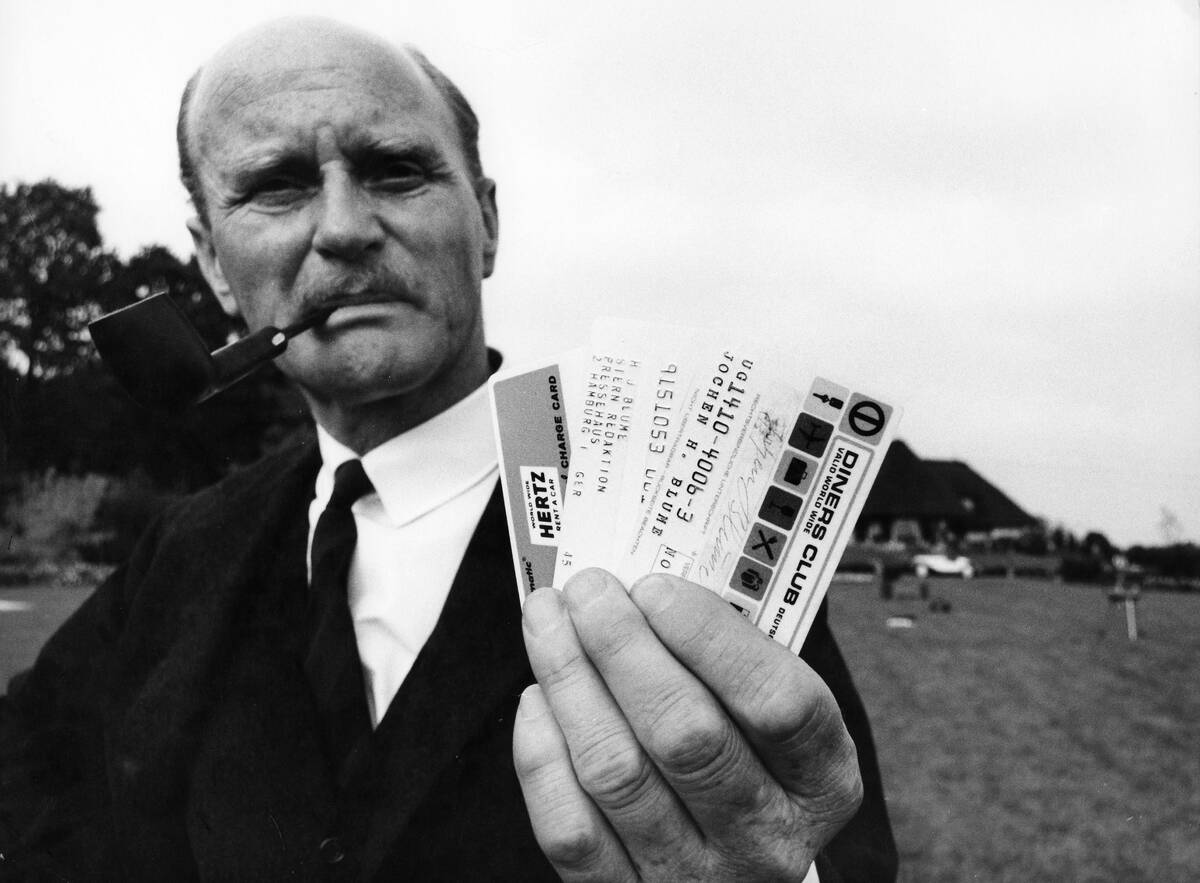
In 1950, the Diners Club introduced the world’s first credit card, changing how people paid for meals and entertainment. Prior to this, cash was king, but the credit card created a new financial landscape, allowing consumers to ‘buy now, pay later.’
This innovation marked the beginning of a new era in financial transactions, paving the way for the convenience of credit cards we use today.
The Birth of Rock ‘n’ Roll: The Day the Music Changed
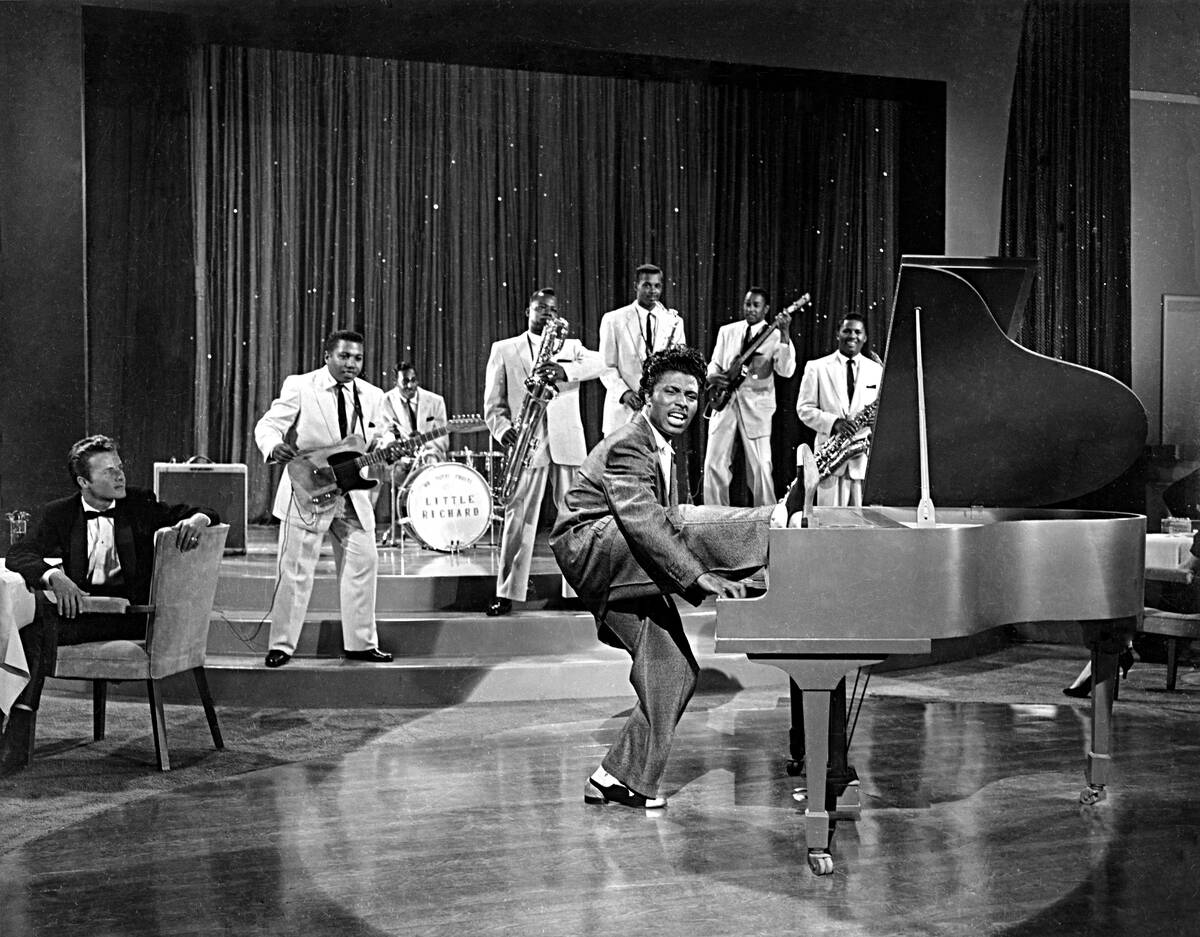
The 1950s saw the rise of rock ‘n’ roll, with artists like Elvis Presley, Chuck Berry, and Little Richard taking center stage. This new genre not only revolutionized music but also broke down racial barriers and influenced fashion and dance.
By the end of the decade, rock ‘n’ roll had become a cultural force that resonated with the youth, forever changing the landscape of popular music.
The Kitchen Debate: When Nixon and Khrushchev Talked Appliances
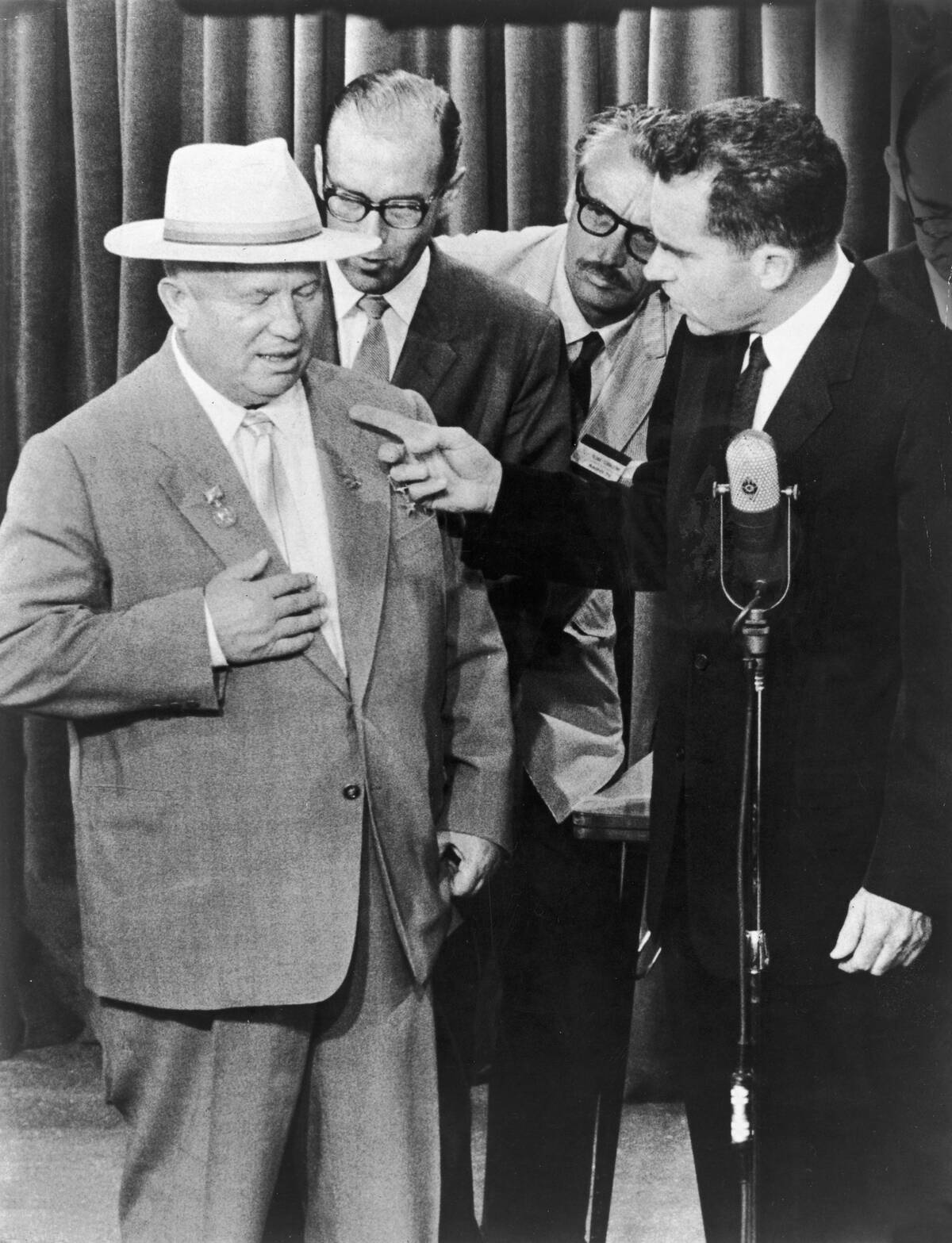
In 1959, the ‘Kitchen Debate’ between U.S. Vice President Richard Nixon and Soviet Premier Nikita Khrushchev took place in a model American kitchen.
This impromptu discussion about the merits of capitalism versus communism highlighted the consumer luxuries available in the U.S., like dishwashers and color TVs. The debate was a symbolic representation of the Cold War tensions, set against the backdrop of household appliances.
The First Commercial Jet Flight: Taking to the Skies in Style
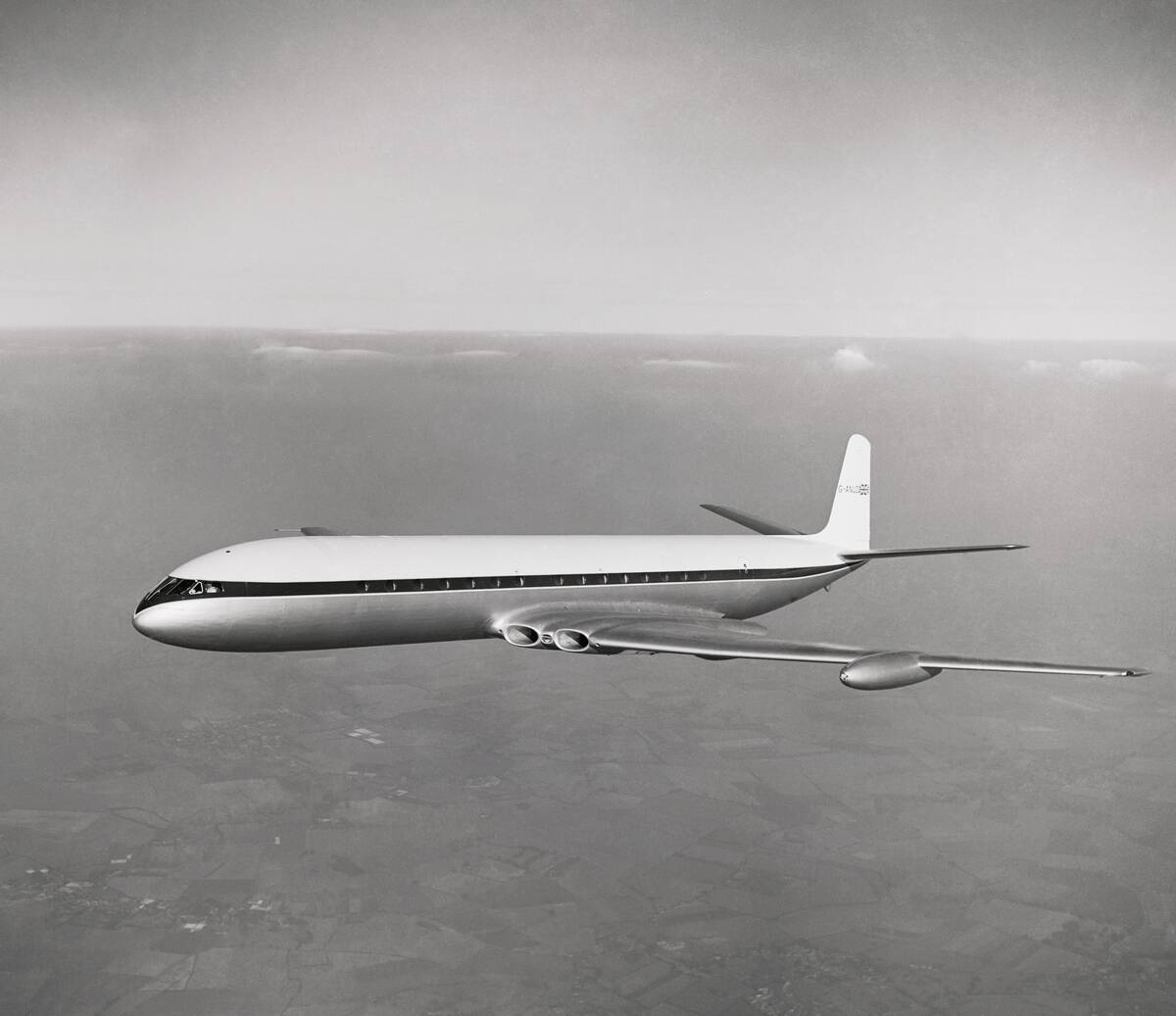
The dawn of commercial jet travel began in 1952 with the British Overseas Airways Corporation’s De Havilland Comet, the first plane of its kind that marked a new era in aviation. This advancement drastically reduced travel time and made air travel accessible to more people.
The introduction of jet engines meant that international travel was no longer a luxury reserved for the elite, opening up the world to a broader audience.
The Advent of Color Television: Bringing Vibrancy to Living Rooms
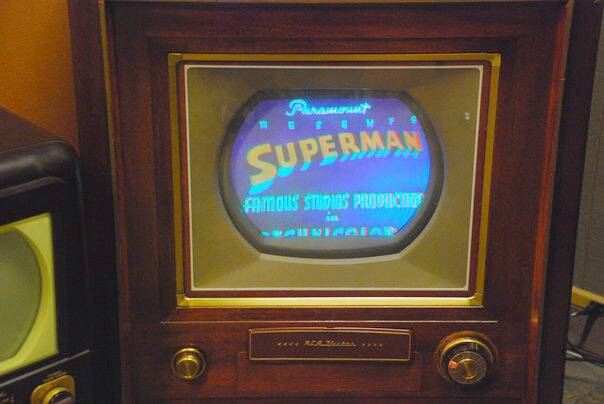
Color television made its debut in the 1950s, transforming the viewing experience by bringing shows to life with vivid hues. In 1954, RCA produced the first color TV set (the CT-100) and by the end of the decade, color broadcasts became more widespread.
This technological leap offered a more immersive way for families to enjoy their favorite programs, forever changing home entertainment.
The Polio Vaccine: A Medical Breakthrough That Saved Lives
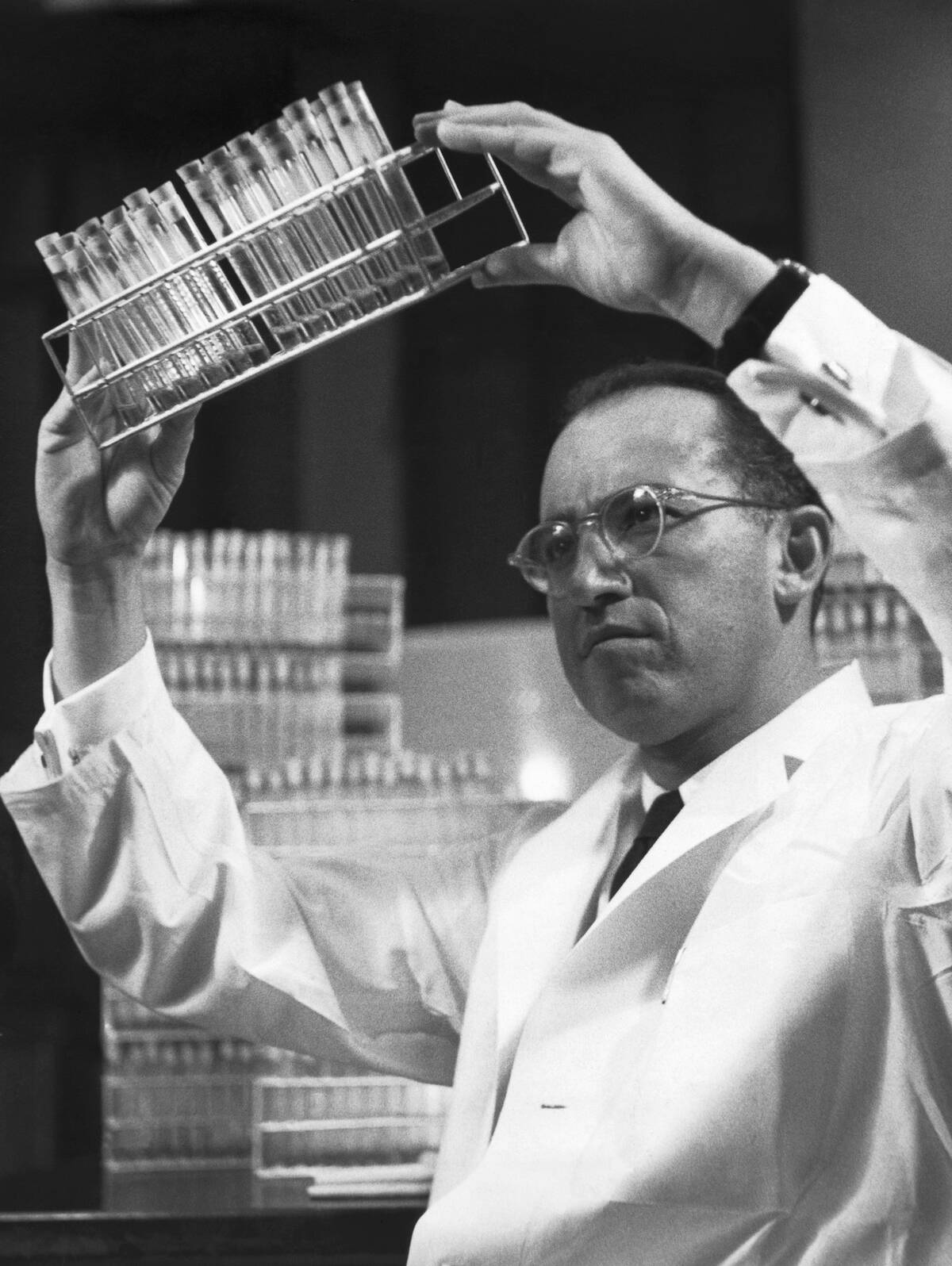
The introduction of the polio vaccine in 1955 by Dr. Jonas Salk was a monumental achievement in medical history. Polio had been a feared disease, paralyzing thousands of children each year and killing 3,145 people in the United States alone during an epidemic in 1952.
The vaccine’s success led to a dramatic decrease in polio cases, showcasing the power of scientific research and vaccination. This breakthrough paved the way for future vaccines and contributed to the eradication of polio in many parts of the world.
The Introduction of the Interstate Highway System: Paving the Way for Road Trips
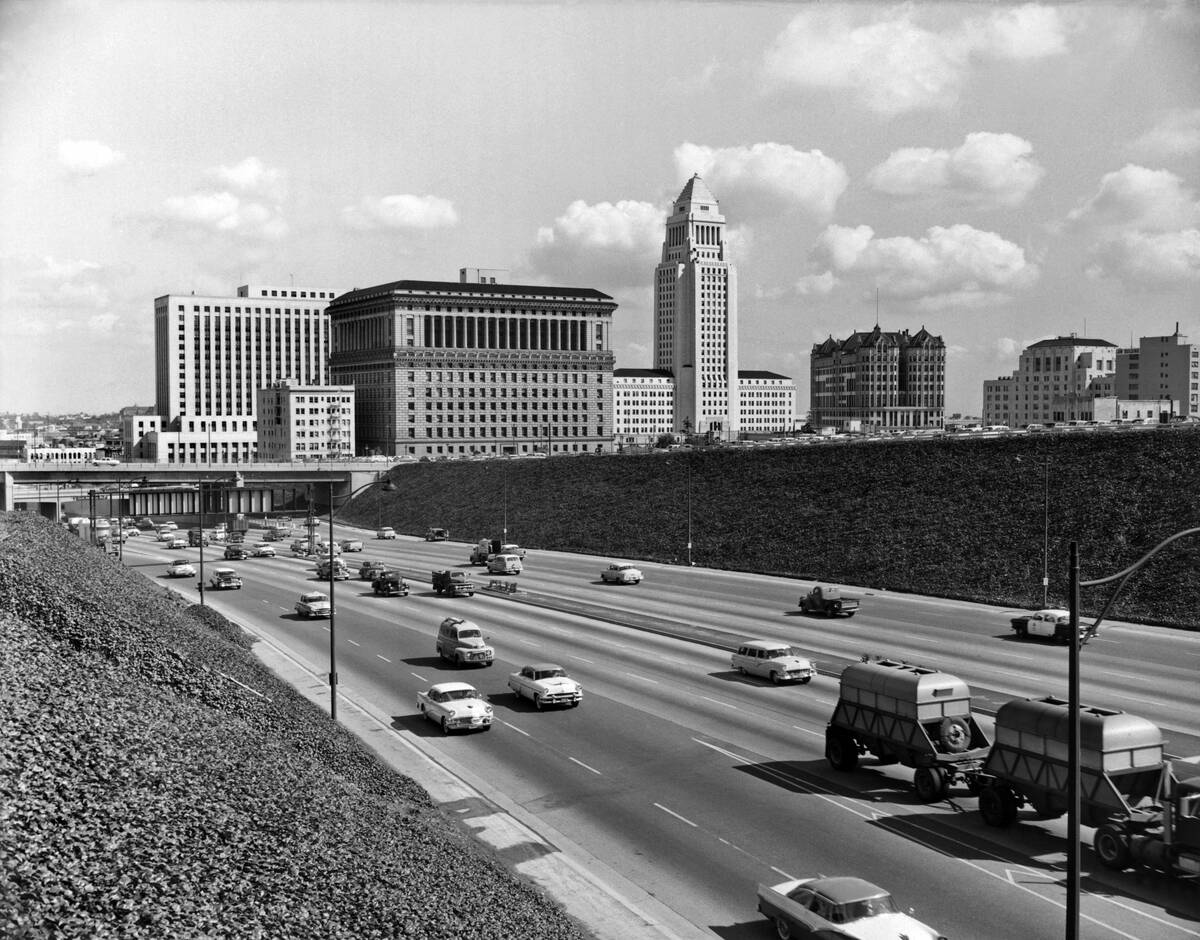
In 1956, President Dwight D. Eisenhower signed the Federal-Aid Highway Act, launching the construction of the Interstate Highway System. This massive network of roads connected cities and states, facilitating commerce and travel across the country.
It made road trips a popular American pastime, allowing families to explore new destinations with ease, and revolutionized the nation’s infrastructure.
The Establishment of NASA: Reaching for the Stars
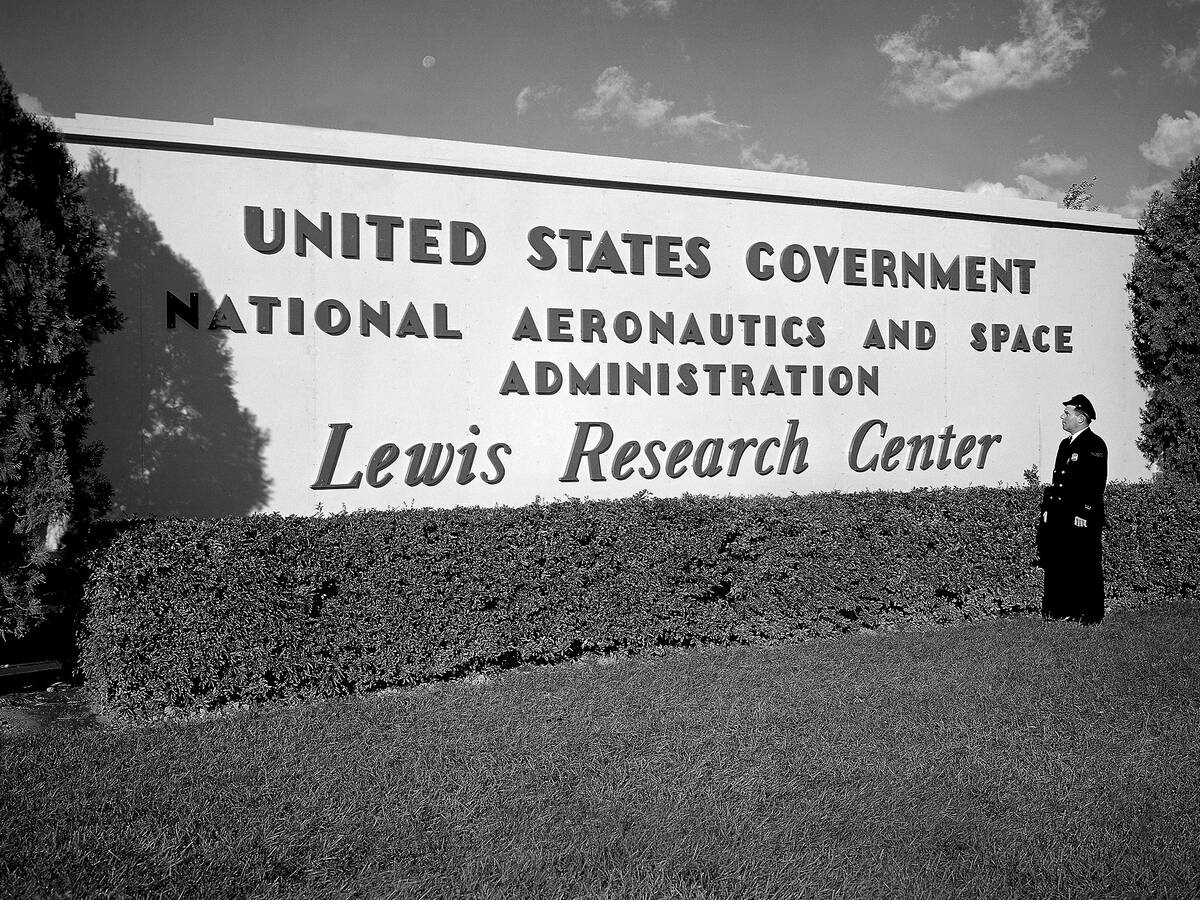
The National Aeronautics and Space Administration (NASA) was established in 1958, cementing the U.S.’s commitment to space exploration. In response to the Soviet Union’s launch of Sputnik, NASA’s creation marked the beginning of America’s journey to the stars.
This organization has since been at the forefront of scientific discovery, leading numerous missions that have expanded humanity’s understanding of the universe.
The First McDonald’s Franchise: Fast Food Takes the Stage
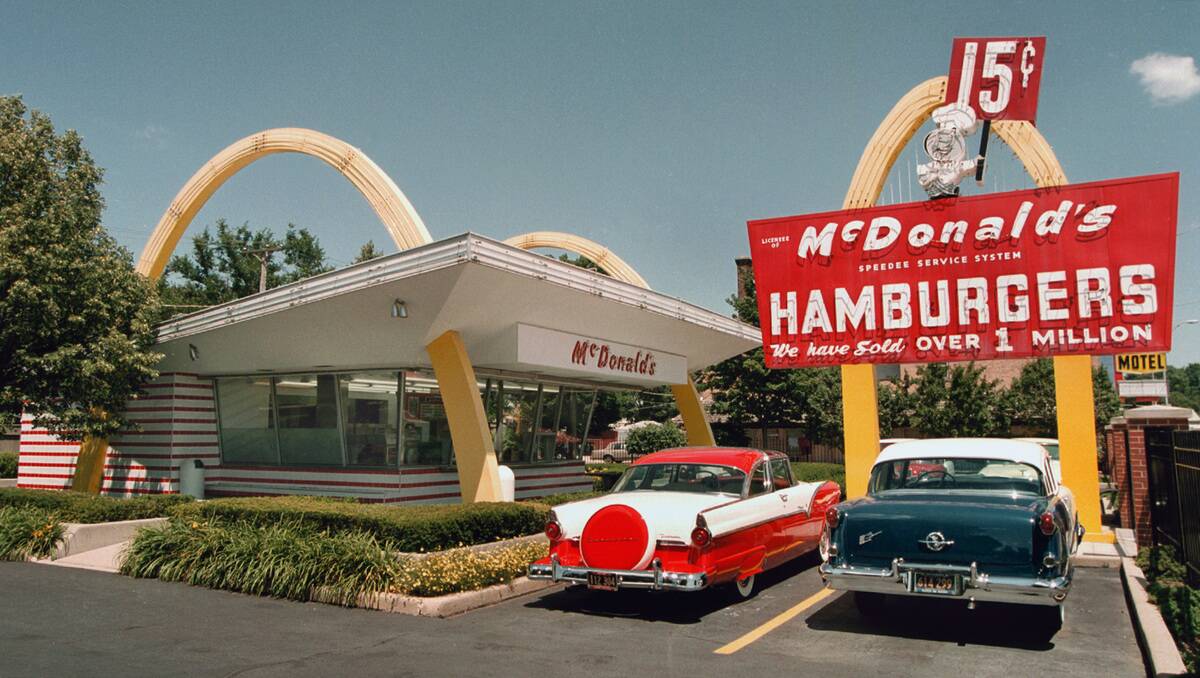
The first McDonald’s franchise opened in 1955 in Des Plaines, Illinois, under the guidance of Ray Kroc. This marked the beginning of a fast-food revolution, offering quick, affordable meals that appealed to the busy American lifestyle.
McDonald’s rapidly expanded, becoming a global icon and reshaping the world’s dining habits with its consistent menu and golden arches.
The Launch of Sputnik: The Dawn of the Space Race
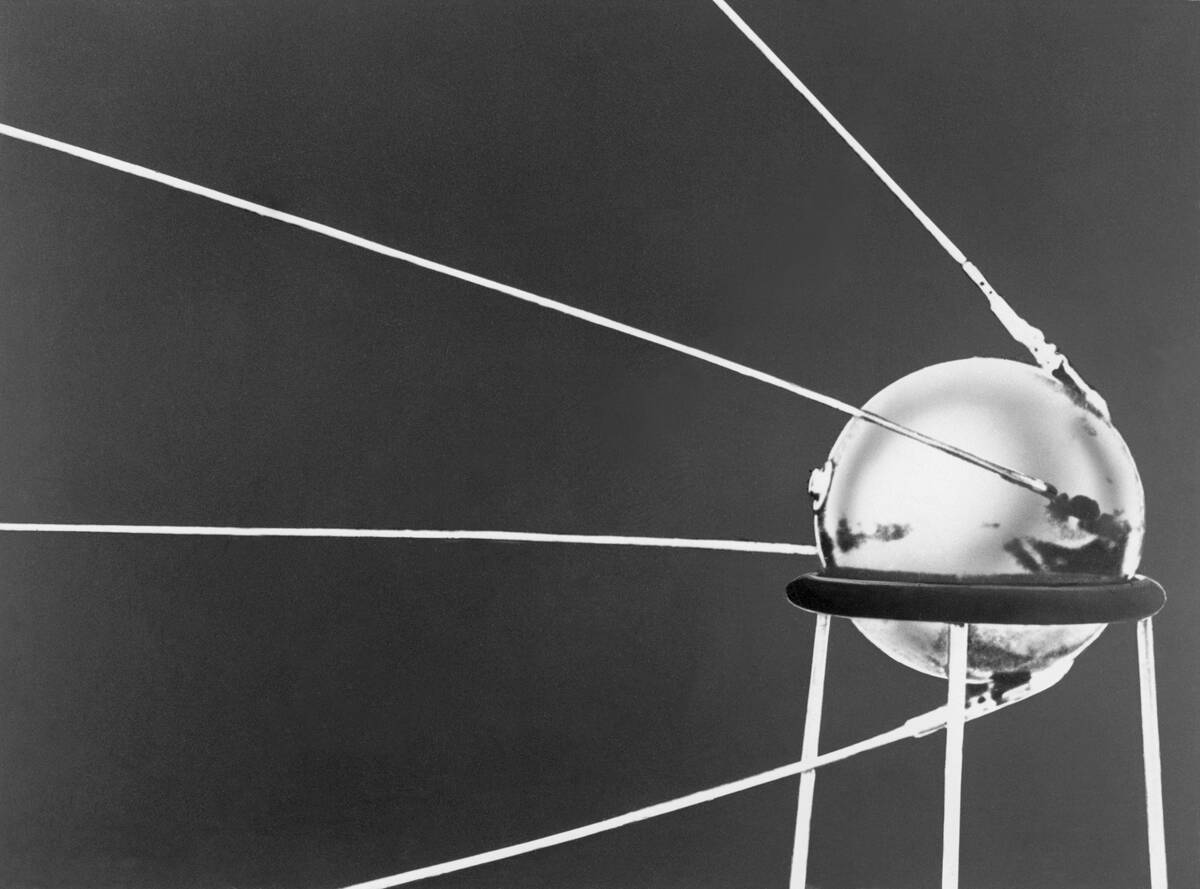
On October 4, 1957, the Soviet Union launched Sputnik, the first artificial satellite, into orbit. This historic event marked the start of the space race, as it demonstrated the USSR’s technological prowess and spurred the U.S. to accelerate its own space program.
The launch of Sputnik not only captured the world’s imagination but also highlighted the strategic importance of space exploration.
The Creation of the European Economic Community: Steps Toward Unity
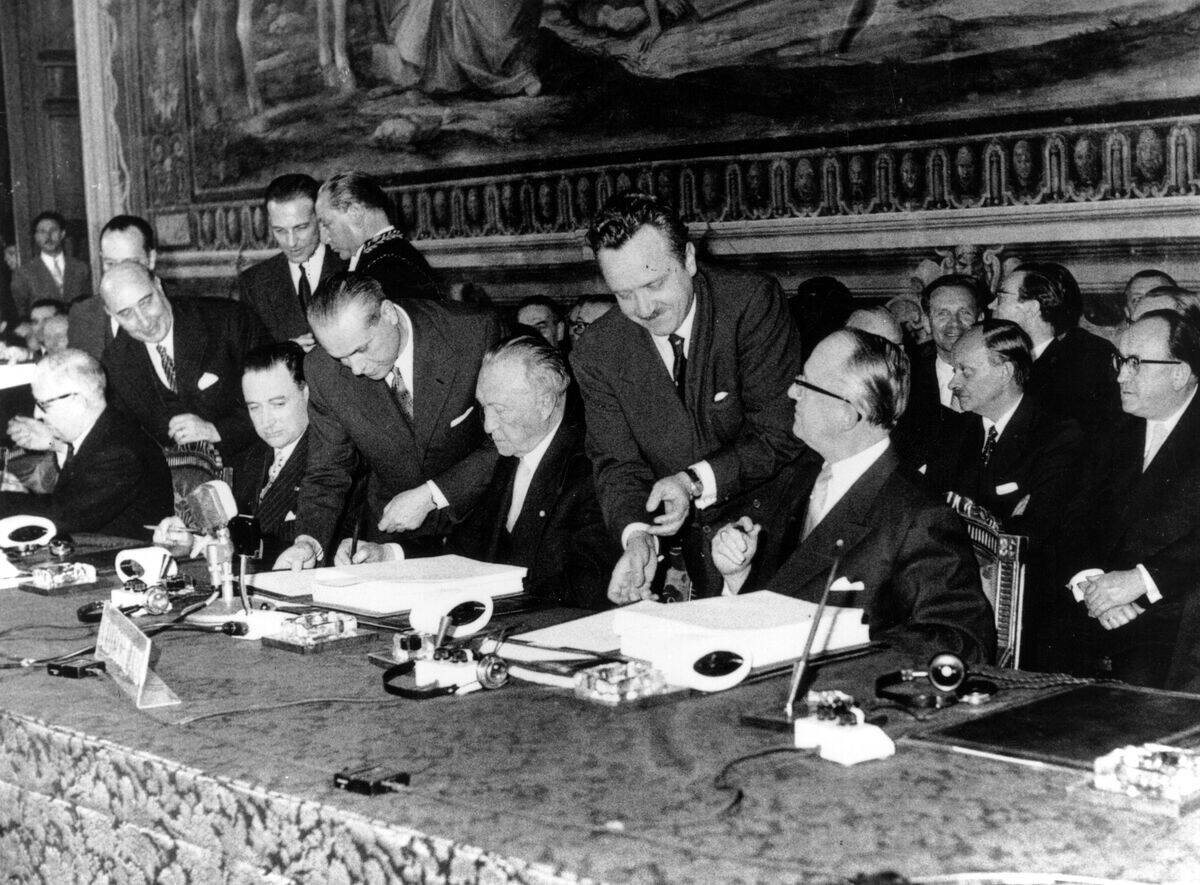
In 1957, six European nations signed the Treaty of Rome, establishing the European Economic Community (EEC). This was a significant step towards economic integration, promoting trade and cooperation among its members.
The EEC laid the groundwork for the European Union, fostering a sense of unity and collaboration that has continued to evolve over the decades.
The First Miss America Pageant Broadcast: Glamour on Television
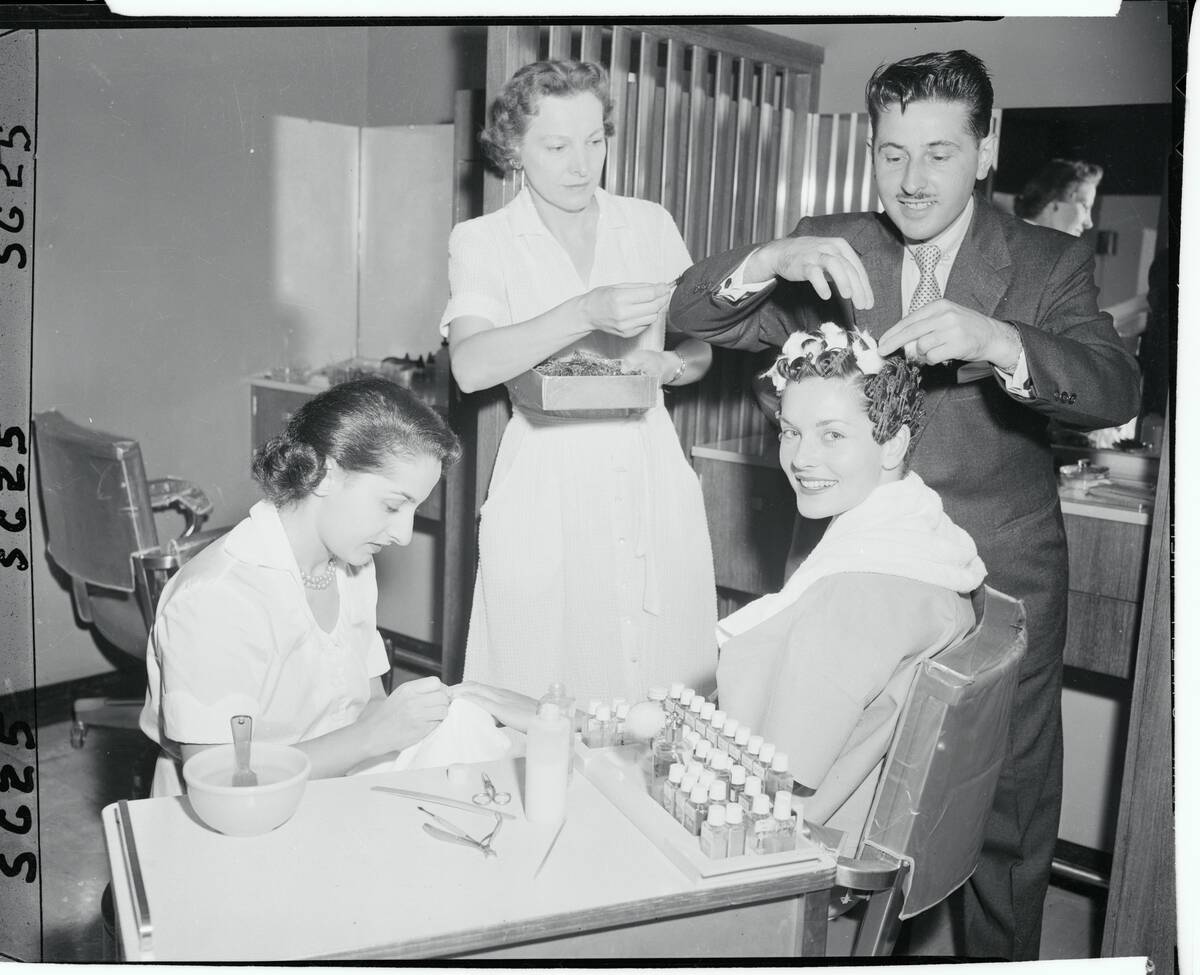
The Miss America Pageant was broadcast on television for the first time in 1954, bringing the glitz and glamour of the event into living rooms nationwide.
This marked a new era of televised entertainment, where viewers could experience the excitement and drama of live events from the comfort of their homes. The broadcast transformed the pageant into a national spectacle and paved the way for future reality TV shows.
The Discovery of DNA Structure: Unlocking the Secrets of Life

In 1953, Rosalind Franklin, James Watson, and Francis Crick unveiled the double helix structure of DNA, a discovery that revolutionized the field of genetics.
This breakthrough provided critical insights into the molecular mechanisms of heredity, paving the way for advances in biotechnology, medicine, and forensic science. The understanding of DNA’s structure has since become a cornerstone of modern biological research.
The Rise of Suburbia: America’s New Frontier
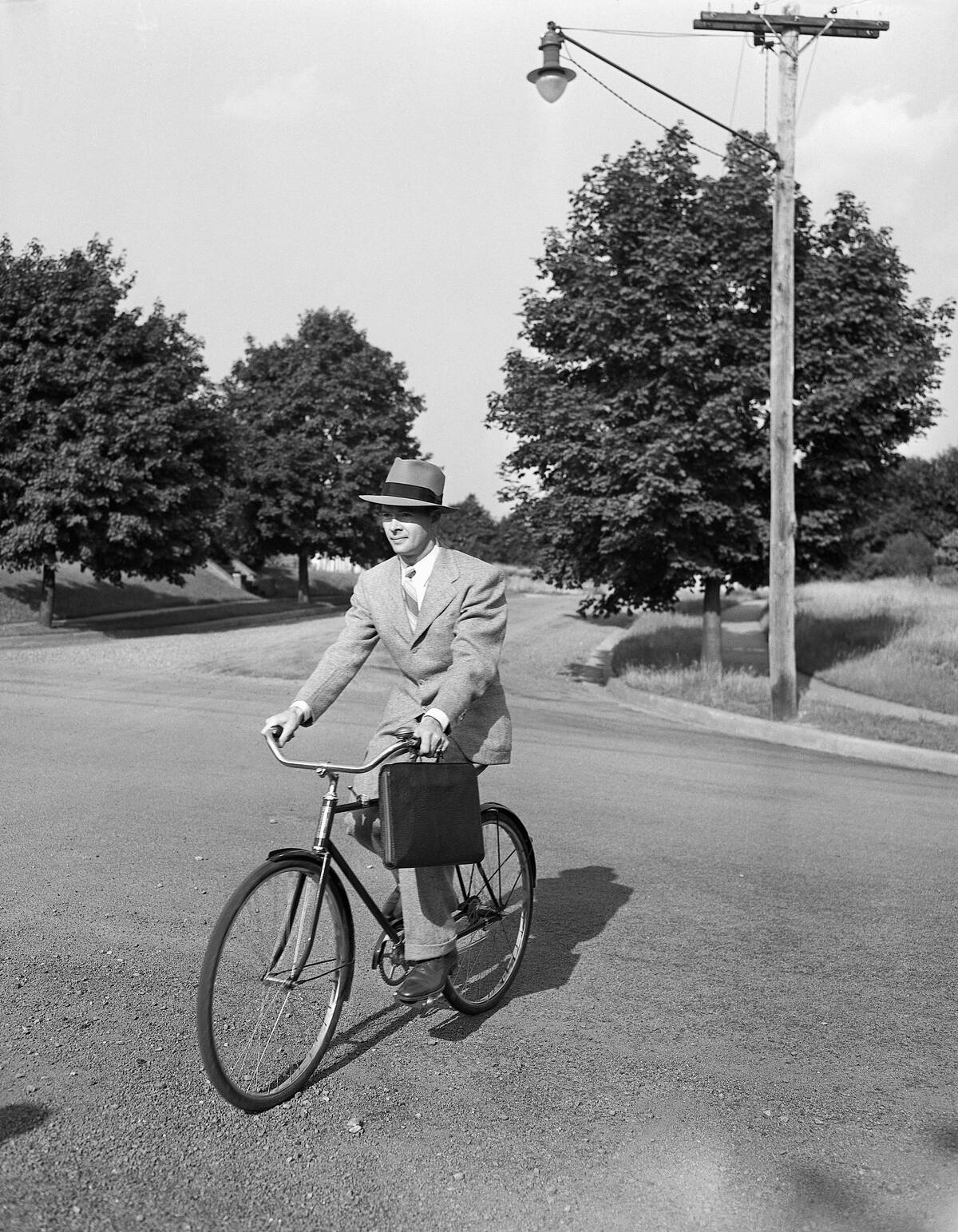
The 1950s witnessed the rise of suburbia, with families flocking to newly built neighborhoods outside city centers. This migration was fueled by affordable housing, the allure of a quieter lifestyle, and the expansion of the Interstate Highway System.
Suburban living became synonymous with the American dream, offering spacious homes, good schools, and a sense of community away from the hustle and bustle of urban life.
The Introduction of “Peanuts”: Charlie Brown and Friends Enter the Scene
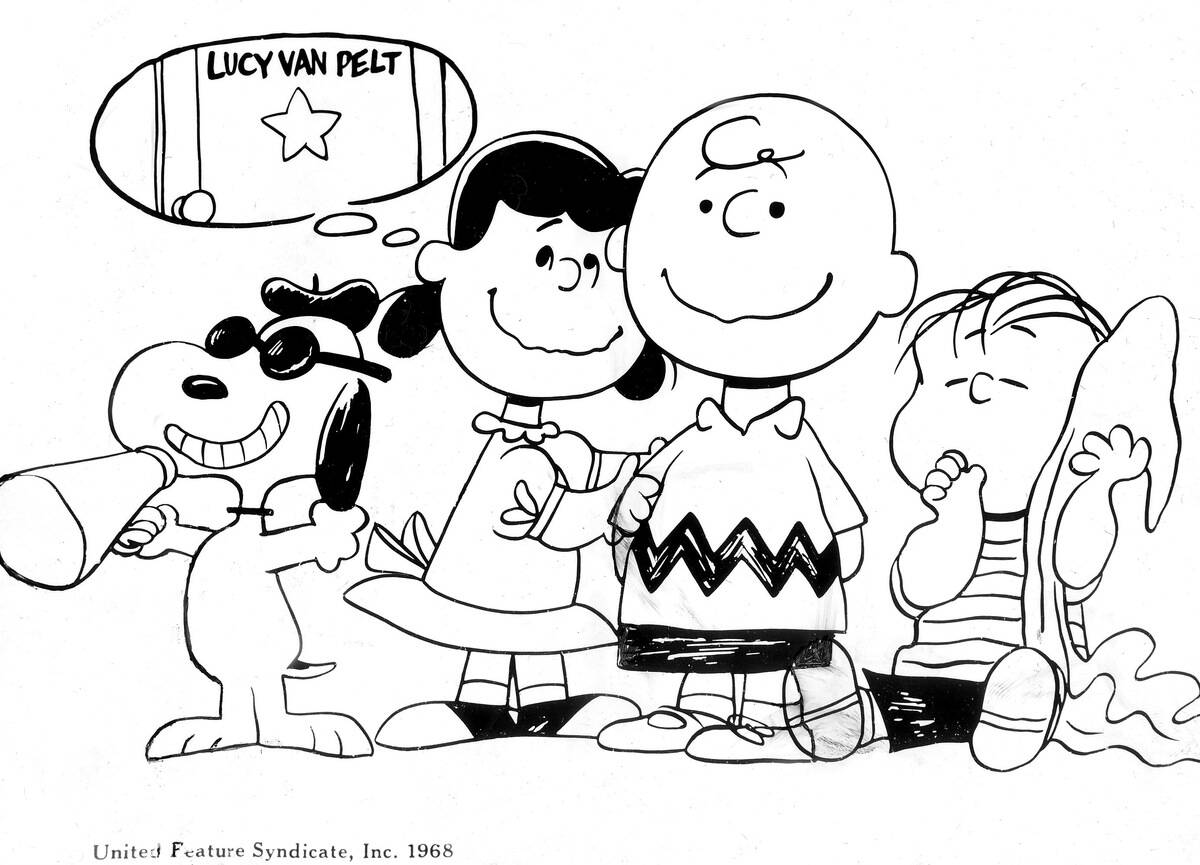
Charles M. Schulz introduced the world to Charlie Brown, Snoopy, and the rest of the Peanuts gang in 1950. The comic strip quickly gained popularity for its relatable characters and gentle humor, becoming a beloved staple in newspapers.
Peanuts captured the nuances of childhood and life’s simple pleasures, and over the years, it has become a cultural icon, inspiring television specials, merchandise, and a devoted fan base.



